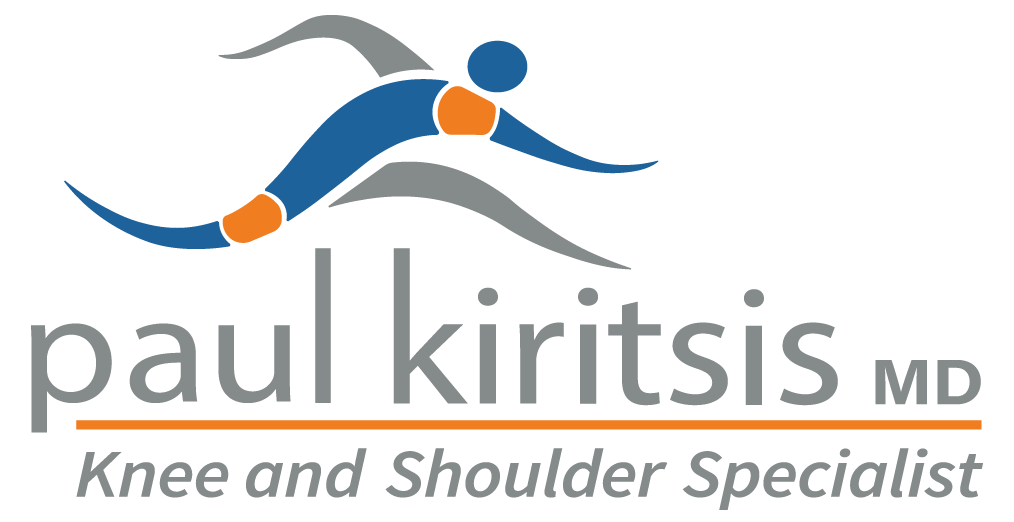Introduction
The squeaky hinge gets the grease. In the same way, the joint that aches from osteoarthritis (OA) get the attention. Since the knee works like a hinge joint, it makes sense that lubricating the joint might help people with knee osteoarthritis. Accordingly, a treatment called viscosupplementation has been used by doctors to restore lubrication in osteoarthritic knee joints.
Viscosupplementation has been around for 20 years. It is becoming a common form of treatment for patients with knee OA. While the injections are thought to have a number of benefits, some are still not well understood, and the injections themselves can be costly. The treatment for a single knee costs more than $500.
The American Academy of Orthopedic Surgeons revised its guidelines in 2013 regarding the use of viscosupplementation. Their conclusion states that they “cannot recommend using hyaluronic acid for patients with symptomatic osteoarthritis of the knee.”
This guide will help you understand
- What doctors believe the supplements can do
- How the treatments are administered
- What to expect after treatment
Related Document: A Patient’s Guide to Knee Osteoarthritis
Anatomy
The main problem in knee OA is degeneration of the articular cartilage. Articular cartilage is the smooth lining that covers the ends of the leg bones where they meet to form the knee joint. The cartilage gives the joint freedom of movement by decreasing friction.

The articular cartilage is kept slippery by joint fluid made by the joint lining (the synovial membrane). The fluid, called synovial fluid, is contained in a soft-tissue enclosure around the knee joint called the joint capsule.
An important substance present in articular cartilage and synovial fluid is called hyaluronic acid. Hyaluronic acid helps joints collect and hold water, improving lubrication and reducing friction. It also acts by allowing cells to move and work within the joint.
Osteoarthritis results in less hyaluronic acid in the synovial fluid. As a result, the joint surfaces of the knee don’t get lubricated and are more likely to get injured from daily stresses and strain on the joint.
When the articular cartilage degenerates, or wears away, the bone underneath is uncovered and rubs against the bone. Small outgrowths called bone spurs, or osteophytes, may form in the joint.

Related Document: A Patient’s Guide to Knee Anatomy
Rationale
A healthy knee contains about 2 milliliters of synovial fluid and a hyaluronic acid concentration of 2.5 to 4.0 milligrams per milliliter. Patients with knee OA have one-half to one-third less hyaluronic acid than normal.
The missing hyaluronic acid changes the viscosity (the stickiness) and the elasticity of the synovial fluid. That’s a problem because the viscosity of the synovial fluid is thought to help maintain normal joint lubrication and protect the joint from shock and strain. When there are reduced levels of hyaluronic acid, the joint may be more susceptible to injury. So viscosupplementation (injecting hyaluronic acid into the joint)is used in an effort to make the osteoarthritic synovial fluid more like healthy synovial fluid.
The idea behind hyaluronic acid injections is fairly simple. Since the synovial fluid in osteoarthritic patients is low in hyaluronic acid, the injections are intended to boost the level.
It isn’t clear how this works. The injected hyaluronic acid seems to leave the knee relatively quickly, so it’s possible doctors aren’t simply replacing missing hyaluronic acid. Research suggests that viscosupplementation may stimulate the body to create additional hyaluronic acid.
Injections of hyaluronic acid reduce the chemicals that cause inflammation within the synovial fluid of patients with arthritis. These anti-inflammatory properties may explain why some patients report pain relief. The injections are also thought to potentially protect or repair the chondrocytes, the cartilage cells. However, tests have only involved animals so far and are inconclusive.
Doctors suggest viscosupplementation for patients who can’t tolerate or shouldn’t take nonsteroidal anti-inflammatory drugs (NSAIDs). Patients who haven’t had success with other nonsurgical treatments, such as NSAIDs or corticosteroid injections, may also be candidates. The treatments are helpful for patients with mild knee osteoarthritis who need better knee function and for patients with advanced knee arthritis who hope to prolong the time before needing a total joint replacement.
Although this treatment is only prescribed for OA of the knee, someday it may be used to treat OA in other joints, such as the shoulder, hip, ankle, and wrist.
Preparation
The decision to proceed with this treatment must be made jointly by you and Dr. Kiritsis. You should understand as much about the procedure as possible. If you have concerns or questions, you should talk to your doctor.
Once you decide to have the treatment, Dr. Kiritsis will have you schedule your appointments, usually one visit per week for three weeks.
Procedure
In the United States, many different types of viscosupplements are available for patients with knee OA.
To begin, you’ll lie on your back with your knee straight. The knee is then scrubbed with a germ-killing solution. You’ll be asked to relax your leg muscles while the orthopedist places the needle into the knee joint just to the left or right of the kneecap.
After the viscosupplement has been injected into the knee, the needle is removed. The area is cleaned and bandaged. Patients are asked to bend and straighten the leg a few times to get the substance to all parts of the joint.
Patients usually get one shot into the knee joint each week for three weeks.
Complications
Studies have shown that viscosupplementation is safe. Pain, warmth, and swelling at the site of the injection are the most common complaints. These normally clear up in one to two days.
Severe inflammation is an unlikely complication, but it can occur. The joint may swell with fluid. The symptoms may mimic septic arthritis, an infection in the knee joint.
Any injection into the knee joint does carry a risk of infection. Because more than one injection is usually given, the risk of infection goes up.
After Care
Patients are able to go about their usual activities after the procedure. Within a few days, patients may be instructed by their doctor to attend physical therapy.
When the shots work, they can provide relief for several months. Unfortunately, people generally don’t get equal relief when they go back for a second or third series of shots.
Rehabilitation
Although viscosupplementation appears to have a useful place in treating knee OA, it is best used along with a variety of proven strategies. Patients do best when they also
- Get aerobic exercise. We recommend non-impact exercises like swimming, cycling, and an elliptical machine.
- Do strengthening and range-of-motion exercises. These are most often taught and monitored by physical therapists.
- Lose weight.
- Use heat and cold packs.
- Use equipment to help take pressure off their joints, such as a cane.
- Participate in education programs or support groups.
By decreasing pain and increasing joint movement in the knee, viscosupplementation may help patients maximize their ability to take care of their knee OA.





